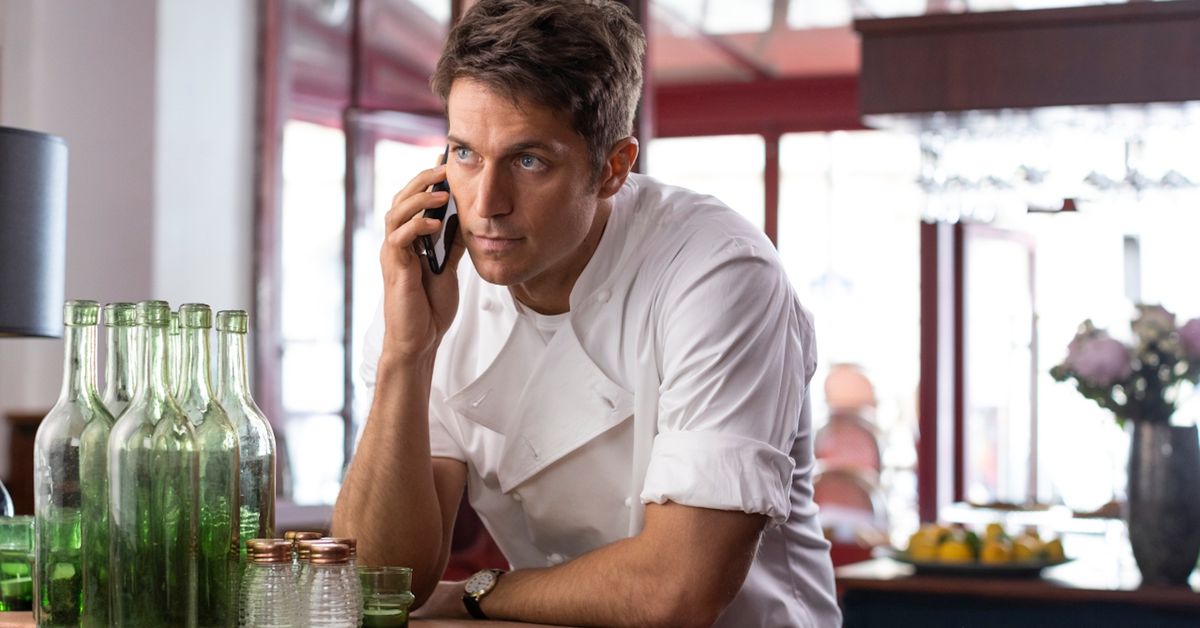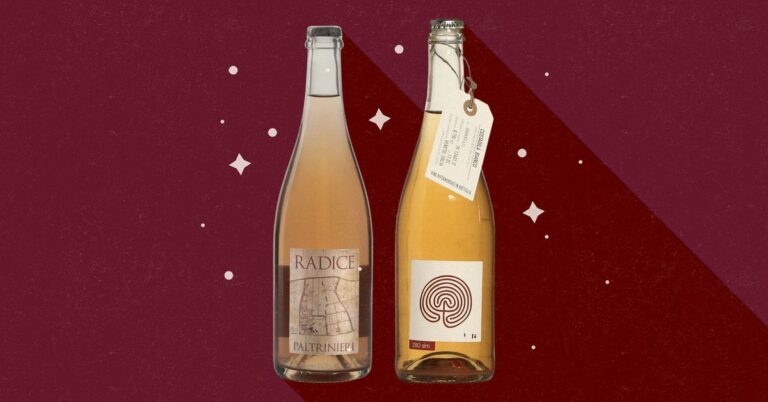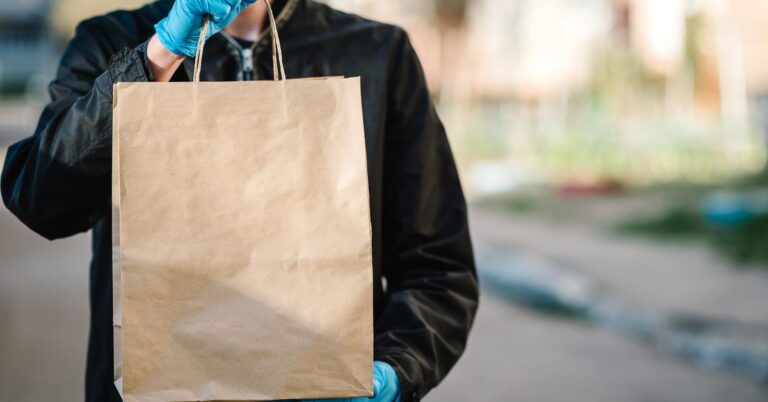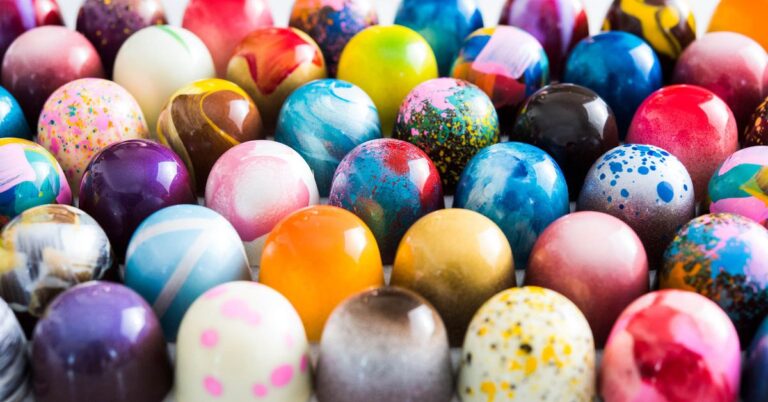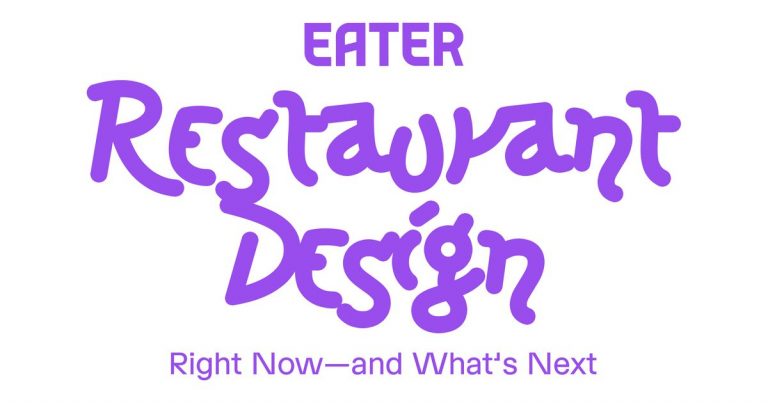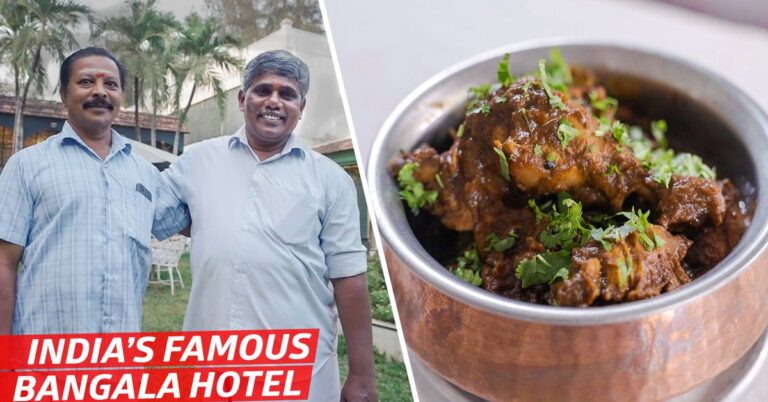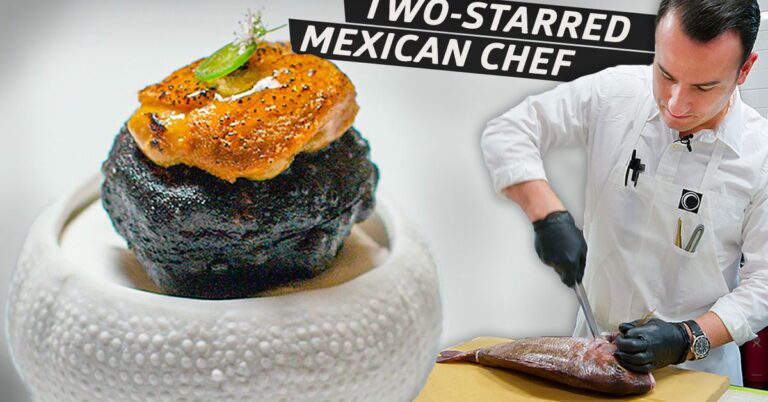Netflix’s ‘Emily in Paris’ Keeps Sucking the Joy Out of Food
When the first season of Emily in Paris debuted in October 2020, the world was such a mess that one might be forgiven for overlooking the series’ deep inanity for the sake of escape. No one was traveling anywhere. To see Paris, a beautiful city even in its debased form as a provincial paint-by-numbers fantasy, was a treat. That lasted for about 30 seconds into S1:E1. At the time, I called Emily in Paris a croissant of poop and pee. In the second season, which premiered in late December, the pastry might have changed but the filling hasn’t. Food, the remit of this review, has however grown in importance. Because Darren Starr, the series creator, is the anti-Midas, the more he fondles the subject the more it turns into a deliquescent excretion.
To the extent that the new season has a plot, which itself is iffy, it chiefly concerns the opening of a new restaurant by Gabriel (Last Name Unknown), the love interest and a PR client of Emily Cooper, the show’s chirpy protagonist. As previously indicated and widely affirmed, Lucas Bravo, who plays Gabriel, is a real looker. His restaurant, which occupies the space of season one’s Les Deux Compères, is now called Chez Lavaux, named after the fragrance company of its owner Antoine Lambert. Gabriel is the chef; Lambert the owner and the two have divergent visions for the restaurant. This is the only dynamic that is half-way plausible. Lambert sees it as a brand extension of Lavaux’s clubby frivolity; Gabriel sees it as a showcase for his native Normand cuisine.
One could, if so inclined, chase down all the ways in which the series gets the particulars wrong about the restaurant world. In an early episode, during a pre-opening tasting dinner — inexplicably held in the mid-afternoon — Lambert enters the kitchen to find Gabriel plating “tripe à la normande.” (I think what he means is tripes à la mode de Caen, a traditional preparation of tripe from Normandy in which tripe, ox hooves, apples and carrots are sealed in a clay pot and braised in apple cider and Calvados for 15 hours. It’s an autumnal stew.)
“Tripe?” asks Lambert
“Yes, with apple cider,” responds Gabriel. “It’s a local dish from Normandy.”
“I thought we agreed we weren’t doing cuisine from Normandy.”
“It’s one dish. An homage to my roots.”
“No tripe. I beg you,” says Lambert before walking away.
Gabriel serves the tripe. It is good tripe. But the idea that an investor as involved as Lambert is would not have gone over the menu with his chef before an important tasting is ridiculous on its face. As is the scene a few episodes later during the restaurant’s actual opening, when Gabriel throws in his kitchen towel and storms out of the restaurant because the music was too loud and there were too many people invited. That is called being in the weeds. Similarly huh-what is when Emily is turning 29 and is delivered a non-branded frozen deep dish pizza from Chicago. (Remember Lou Malnati’s, motherfuckers?!) Her boss Sylvie enters the room, takes one Gallic sniff and declares, “What is that terrible smell?” YOU CAN NOT SMELL FROZEN FOOD IN A BOX. Jesus.
Never have I met that dun-DUN of the Netflix logo with more trepidation or dread than when it’s followed by an episode of Emily in Paris. Emily, and nearly every other character, is either deeply unlikable or so carelessly depicted they are mere flesh topiary. The dialogue is zippy but wrong. Few jokes land. No moments feel pregnant. There’s no wit, just fast talk; not heart, just lots of movement.
I am genuinely confused about why this show exists. I’ve read that it might be an elaborate exercise in trolling. There is something scintillating about this explanation, a sort of deep Christopher Guest move. This reading, at least, would make Darren Starr — and all those involved — provocative geniuses, the Vito Acconci’s of streaming services. But I doubt that it’s true. Nothing in his oeuvre, which includes Younger and Sex and the City, both of which demonstrated the fun of fluff more than Emily in Paris ever has, would indicate that level of subversion. Similarly, I could see how the show’s initial disastrous yet resounding reception caused enough waves to propel the project into its second season (and a third and a fourth). There’s also the saddest explanation, which is that it was initially sincere, but upon realizing how truly bad it was — and that it could only be appreciated as schtick — Darren Star et al have attempted to turn trash into camp.
But, according to the law of parsimony, the most simple explanation is often the most correct. The entire edifice of the series, a young woman working at a marketing agency in Paris, is built around the concept of having a product — and therefore a sponsor — feature in the show. In the first episode, Rimowa, the luggage brand, is essentially the underwriter. In later episodes, it is Vespa and Dior. Sometimes the brands are fictional, such as the Champagne brand Champere, but more often they’re not. Patricia Field, who designs the costumes, also sells many of them, including Emily’s ubiquitous fingerless gloves. Seen this way, it’s no wonder the show isn’t realistic. It’s capitalist kabuki.
As Hayley Naman writes on her Substack, Emily in Paris is not only full of paid promotion but essentially just paid promotion for paid promotion. “It imagines an alternative universe in which marketing is not a nefarious, overreaching presence in our lives, but a conduit for infinite possibility — even a force for good.” So of course the universe is larded with clever corporate tie-ins. Emily Cooper is today’s Gordon Gecko.
What does this have to do with food? Only that food like tripes à la mode de Caen does not have a corporate sponsor and is therefore not worthy of much attention. And thus, in this pay-to-play universe, neither writer nor director nor set designer really cares about it. It is a tool, to be used as a plot point but not appreciated. It is sketched roughly for there is no value-added by filling in the detail. Any care given is a loss. There’s some line in the show — I can’t go back and rewatch it. I’m sorry. I just can’t — where a guy in Emily’s French class is giving her guff for loving work too much and not being fun. “My work is fun,” she doth protests into a cellphone, at the opening of Chez Lavaux. But she’s got it twisted. The fun is the work, a paid-for confection mainlined into our veins and wallets by a cynical cabal of nonsense-mongers.
I hate Emily in Paris more than I’ve ever hated maybe any other television show. I think it isn’t just bad as in “not good” but actually bad for the world. But the infernal brilliance of this entire project is that it doesn’t matter how bad the show is. In fact it’s even better the worse it is since more articles are written (hello) and more traffic generated. Sure, eyes are rolling but they’re watching nonetheless.
The world’s much changed since October 2020 and in some ways it’s gotten better and in many ways it has not. And at any rate, you can be forgiven for wanting to escape. But don’t lose yourself in Emily in Paris, a world more flippantly cynical than even ours, or you’ll starve for want of food and of heart.
